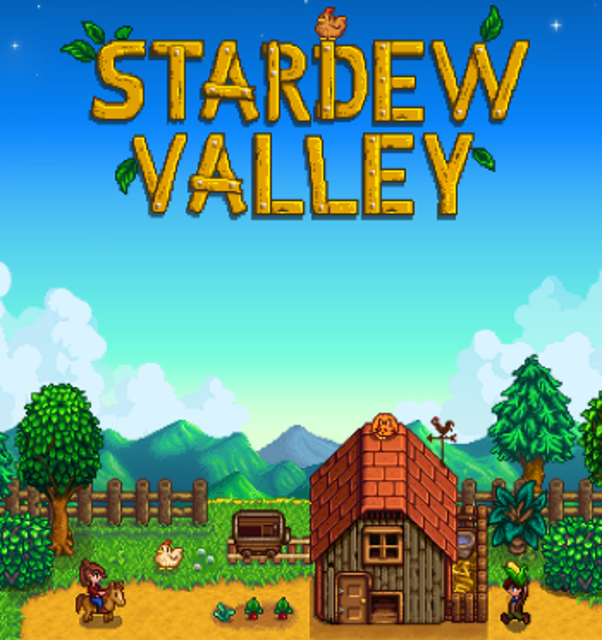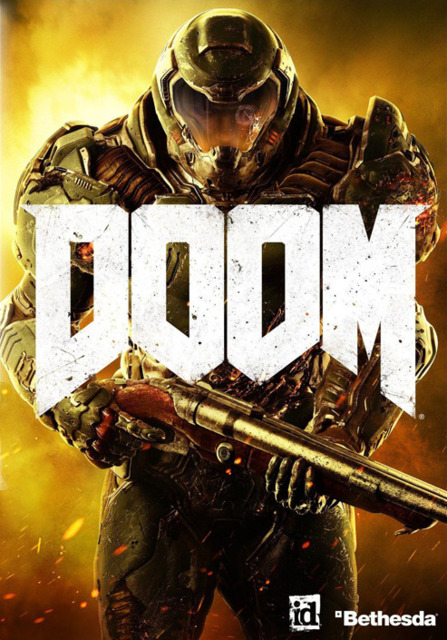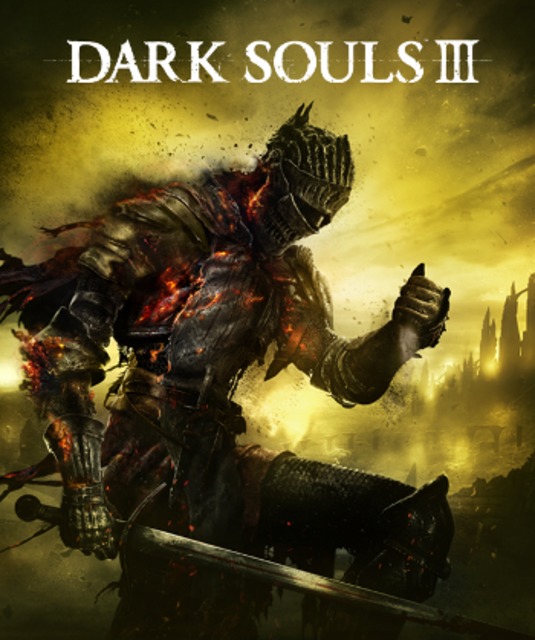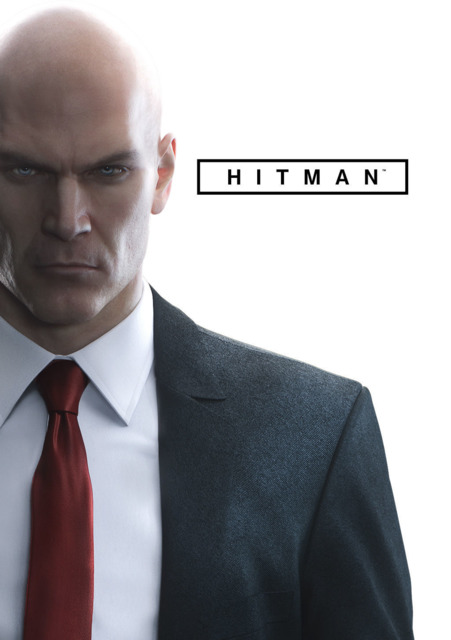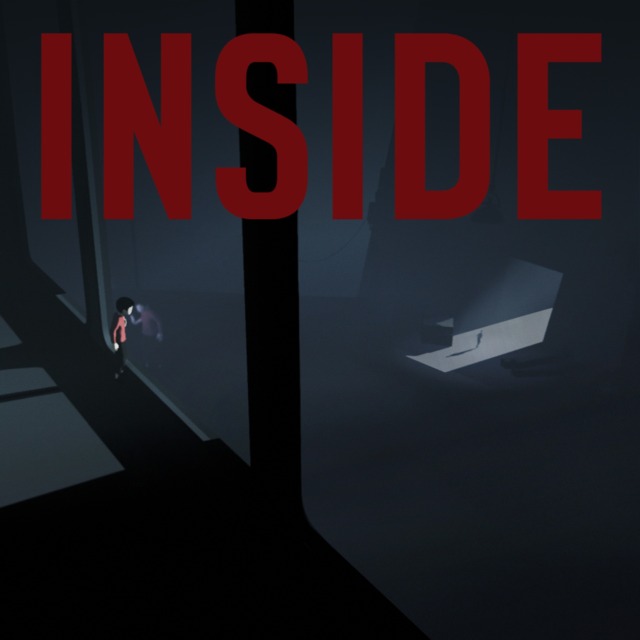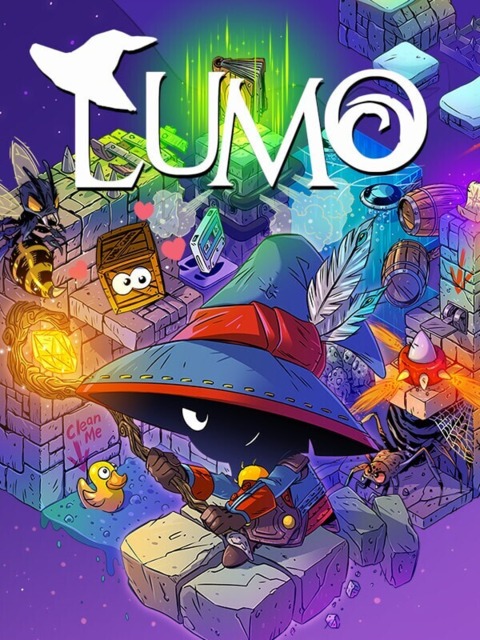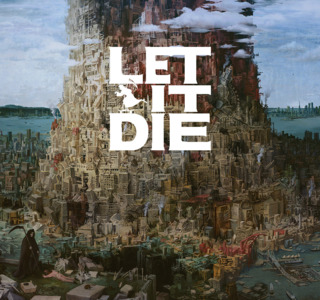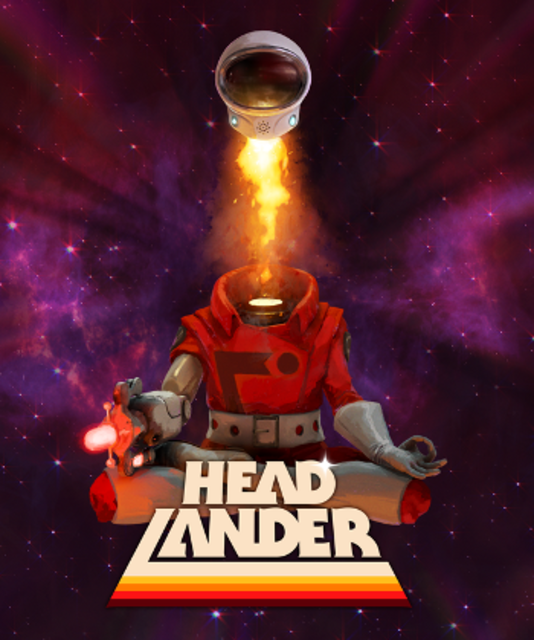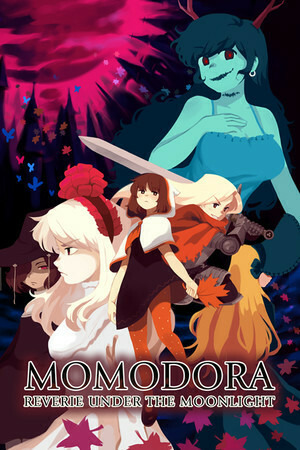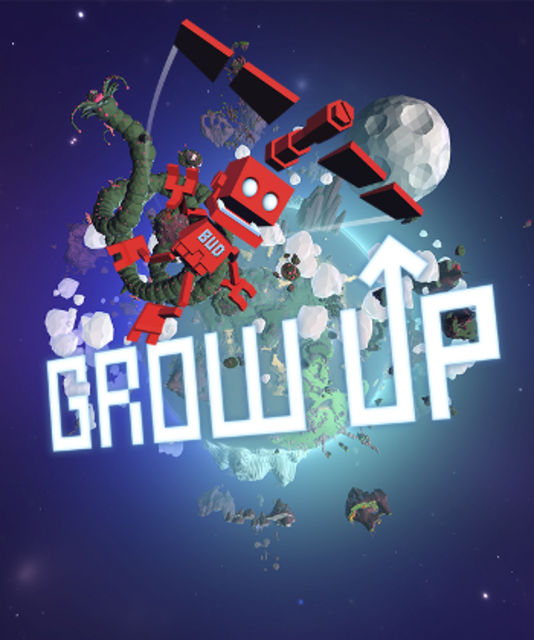GOTY 2016
Official Game of the Year stuff! This is my "static" list, which will remain unchanged forevermore (at least after the 31st). I'll have another, ever-changing "adjusted" list up eventually that will also incorporate the 2016 games I didn't get to play in 2016.
For posterity, here are my three runners-up: Dreamfall Chapters, The Jackbox Party Pack 3 and Her Majesty's SPIFFING. All fine games, but just didn't quite make the top ten.

